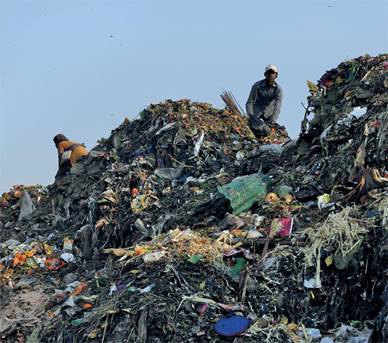Free Courses Sale ends Soon, Get It Now


Free Courses Sale ends Soon, Get It Now



Disclaimer: Copyright infringement not intended.
Context: Engagement of formal waste management system remains low in the cities due to funds crunch, low sectoral development & lack of know-how
Details:
Informal Sector:
Concerns:
Case studies:
Bengaluru municipality: a story of change
Pune's women-driven SWaCH model
About Solid Waste Management Rules, 2016
The Solid Waste Management Rules (SWM), 2016 replaced the Municipal Solid Wastes (Management and Handling) Rules, 2000, which have been in place for the past 16 years.
Salient features of the SWM, 2016:
Way forward:
https://www.downtoearth.org.in/news/waste/solid-waste-management-why-integrating-informal-sector-is-a-must-83841
© 2024 iasgyan. All right reserved